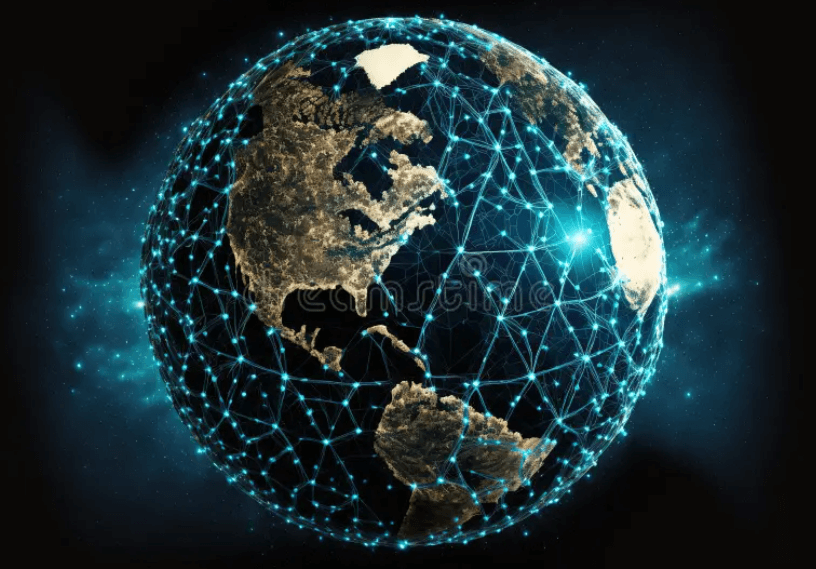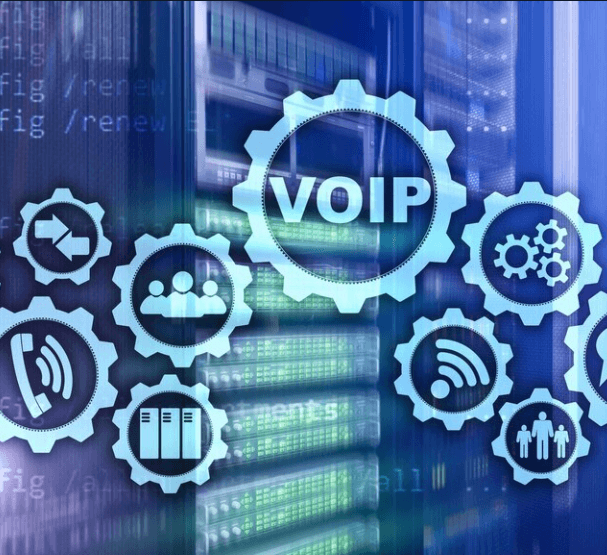Telecommunication services have transformed the way we communicate, work, and live, connecting billions of people around the world. From voice calls to data streaming, telecommunication is the backbone of modern communication infrastructure. But how did it all begin, and what does the future hold for this vital industry?
What Are Telecommunication Services?
Telecommunication services refer to the exchange of information over long distances using electronic systems. These services enable voice, video, and data communication through various mediums such as phone lines, fiber-optic cables, satellites, and wireless networks. Essentially, telecommunication keeps us connected across the globe in real time.
The Importance of Telecommunication in Today’s World
In a world where speed and connectivity are paramount, telecommunication services have become indispensable. Whether it’s making a quick call, attending a virtual meeting, or streaming a live event, telecom services are at the heart of our daily interactions. They shape global business, support education and healthcare, and play a crucial role in emergency response.
Types of Telecommunication Services
Telecommunication encompasses a wide range of services, primarily divided into voice, data, and video communication. Each type plays a unique role in keeping us connected:
1. Voice Communication Services
Voice services include traditional landline phones, mobile calls, and voice over Internet Protocol (VoIP). They remain one of the most commonly used forms of telecommunication, allowing people to stay connected across cities, countries, and continents.
2. Data Communication Services
With the rise of the internet, data communication has become essential. This category includes everything from broadband internet to mobile data services. Data transmission allows us to send emails, browse the web, stream content, and interact with cloud-based platforms.
3. Video Communication Services
Television broadcasting, video conferencing, and streaming services fall under video communication. With platforms like Zoom, Skype, and YouTube, visual communication has become integral to both personal and professional life.
The Evolution of Telecommunication Services
Telecommunication has come a long way from the early days of wired landlines. Here’s a quick look at its evolution:
From Landlines to Mobile Phones
The invention of the telephone revolutionized communication, allowing voice transmission over wires. The shift from wired landlines to mobile phones in the late 20th century marked the next major leap, enabling wireless voice communication.
The Rise of Internet-Based Communication
With the development of the internet, communication shifted once again. Internet-based services like VoIP, instant messaging, and social media have now overtaken traditional phone calls, offering faster, more versatile ways to connect.
5G and Its Impact on Telecommunications
The introduction of 5G technology is perhaps the biggest transformation in recent years. 5G promises ultra-fast speeds, low latency, and enhanced connectivity, paving the way for innovations like smart cities, autonomous vehicles, and IoT (Internet of Things) devices.
Key Components of Telecommunication Infrastructure
The infrastructure supporting telecommunication services is vast and complex, consisting of several critical elements:
1. Transmission Mediums (Wired and Wireless)
Telecommunication relies on both wired (like fiber-optic cables) and wireless (radio waves) mediums to transmit signals. Fiber optics offer high-speed data transfer, while wireless technologies like 4G and 5G enable mobile communication.
2. Switching Systems
Switching systems route calls and data packets between different networks. In the digital age, these systems are increasingly sophisticated, ensuring faster and more reliable connections.
3. Satellites and Undersea Cables
Satellites enable global communication by transmitting signals across vast distances, especially in remote areas. Undersea cables, on the other hand, handle the majority of international data traffic, facilitating cross-border internet and communication services.
Mobile Telecommunication Services
Cellular Networks: From 2G to 5G
Mobile communication began with 2G networks, which allowed basic voice and text services. Since then, we’ve seen the rise of 3G, 4G, and now 5G networks, each bringing significant improvements in speed, capacity, and capabilities.
Mobile Broadband
Mobile broadband refers to high-speed internet access via cellular networks. With 4G and 5G technology, mobile broadband has become a primary means of internet access for many, especially in rural or underdeveloped regions.
Mobile Virtual Network Operators (MVNOs)
MVNOs provide mobile services by leasing network capacity from major carriers. They offer an affordable alternative for consumers, expanding the accessibility of mobile communication.
Fixed-Line Telecommunication Services
While mobile services dominate, fixed-line communication still plays a role:
Traditional Landline Services
Though less common today, landline phones remain in use, particularly in businesses that rely on stable, high-quality voice communication.
Fiber-Optic Networks
Fiber-optic cables have transformed fixed-line services by offering ultra-fast broadband speeds. They are now the backbone of high-speed internet in many homes and businesses.
Internet-Based Telecommunication Services
VoIP (Voice over Internet Protocol)
VoIP services like Skype and WhatsApp allow users to make voice and video calls over the internet, bypassing traditional phone networks and significantly reducing costs.
OTT (Over-the-Top) Platforms
OTT platforms such as Netflix and Hulu deliver video content over the internet, without relying on traditional broadcasting methods. These services have revolutionized entertainment, offering on-demand content accessible from anywhere.
The Role of Telecommunication in Business
Telecommunication services are critical to business operations, facilitating global trade, remote work, and collaboration:
Unified Communications and Collaboration (UCC) Tools
UCC tools integrate various communication methods—voice, video, messaging—into a single platform, streamlining business processes and enhancing teamwork.
Teleconferencing and Cloud Communication
Cloud-based telecommunication services allow businesses to host virtual meetings, share files, and collaborate in real time, regardless of geographic location.
Challenges Facing the Telecommunication Industry
Despite its progress, the telecom industry faces several hurdles:
1. Infrastructure Costs
Building and maintaining telecom infrastructure is expensive, particularly in remote or developing regions.
2. Spectrum Allocation
Telecommunication services rely on radio spectrum, which is a limited resource. Allocating sufficient spectrum to accommodate growing demand is a significant challenge for governments and telecom providers.
The Future of Telecommunication Services
5G and Beyond: What’s Next?
The next phase of telecommunications will likely focus on expanding 5G networks and preparing for 6G, which promises even faster speeds and greater connectivity.
AI and Machine Learning in Telecom
AI and machine learning are already being used to optimize network performance, reduce downtime, and enhance customer service.
Conclusion
Telecommunication services are the lifeblood of modern society, enabling seamless communication across vast distances. As the industry continues to evolve with advancements like 5G, AI, and fiber-optic networks, we can expect even greater innovations in how we connect, collaborate, and share information globally.




